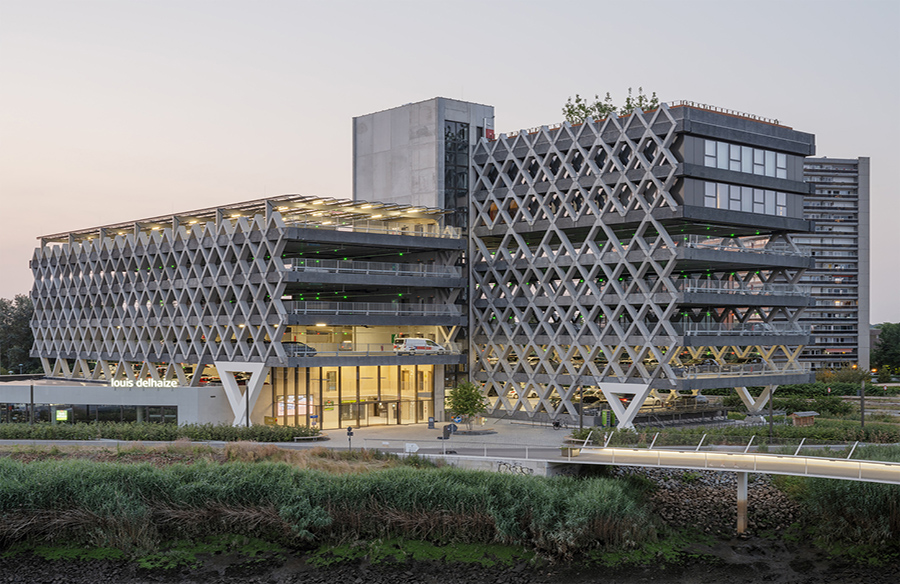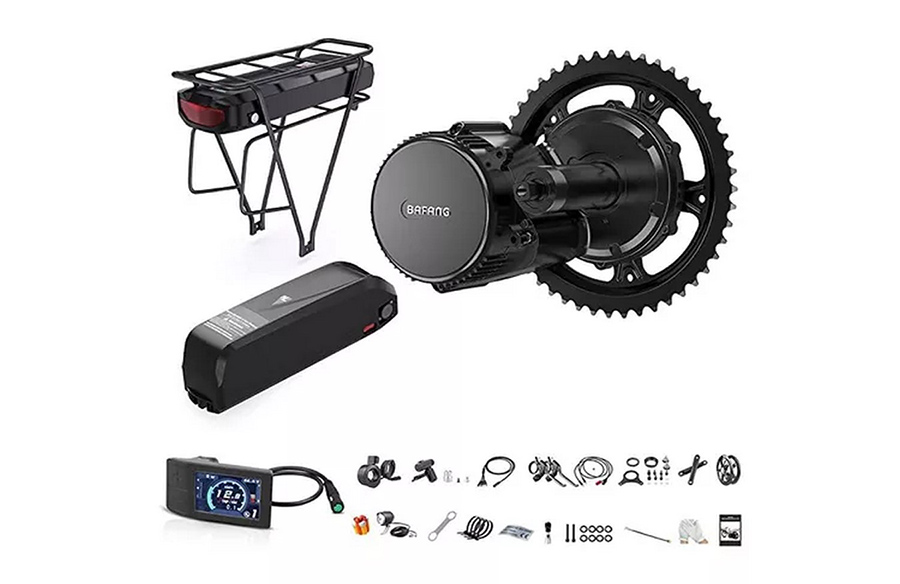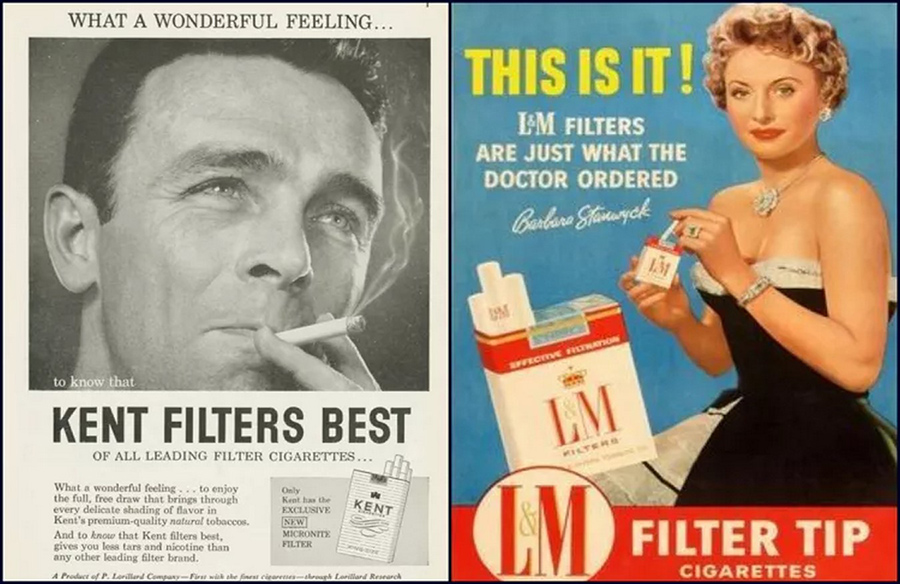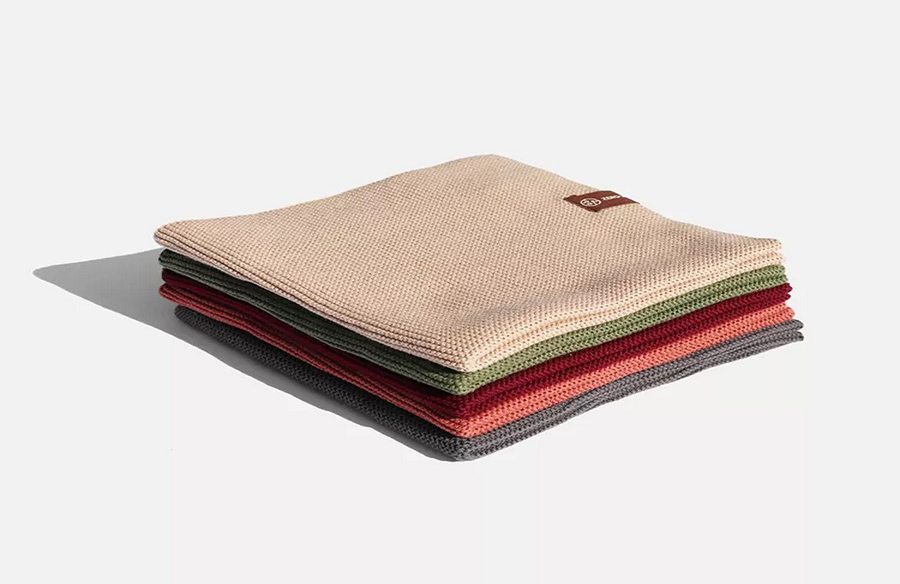Introduction: Unraveling the Terminology
The colloquial use of terms like “Styrofoam cups” and “cement walls” has become pervasive in everyday language. However, a closer examination reveals that these terms are not entirely accurate and often misrepresent the materials they describe.
The Truth About Styrofoam
Contrary to popular belief, there is no such thing as a “Styrofoam cup.” The term “Styrofoam” specifically refers to a brand name insulation board manufactured by DuPont. This product, known as Styrofoam Brand Insulation, is made of extruded polystyrene (EPS) and is primarily used in construction applications. It is distinct from expanded polystyrene (EP), which is used to create foam cups, take-out containers, and packaging.
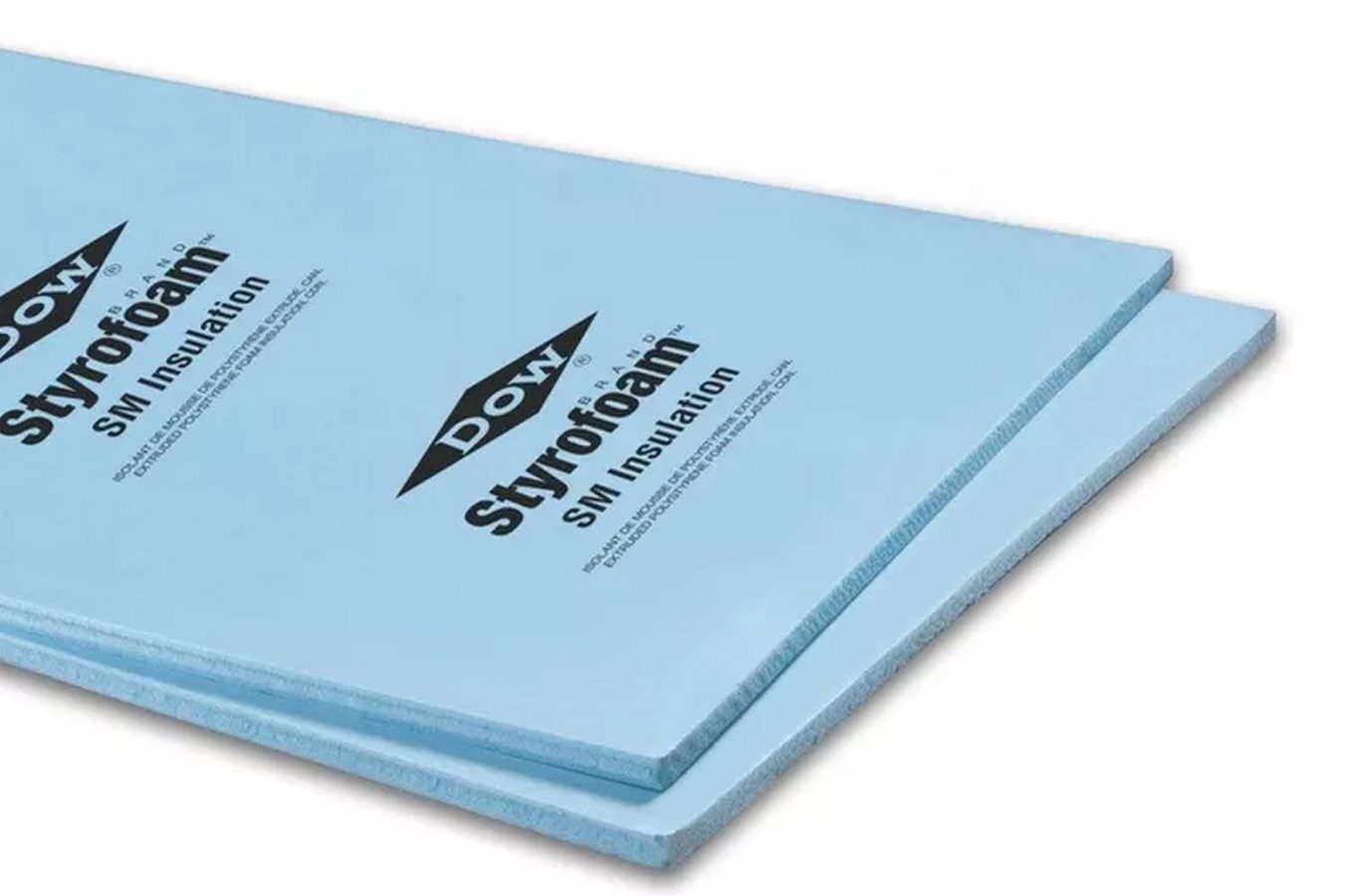
Understanding Polystyrene Plastics
While both EPS and EP are derived from polystyrene plastic, they are manufactured using different processes and serve different purposes. Despite their similar composition, EPS and EP have unique characteristics and applications. Therefore, referring to foam cups and containers as “Styrofoam” is inaccurate and misleading.
The Importance of Accurate Terminology
Clarifying the distinction between EPS insulation and EP foam products is essential, especially in discussions surrounding environmental sustainability and waste reduction. By using precise terminology, individuals can effectively advocate against single-use foam cups and containers, contributing to informed discourse and meaningful change.
Conclusion: Promoting Knowledge and Awareness
In an era marked by misinformation and confusion, it is crucial to prioritize accuracy and clarity in communication. By understanding the differences between materials like EPS and EP, individuals can play a role in promoting environmental stewardship and advocating for sustainable alternatives to single-use plastics.


